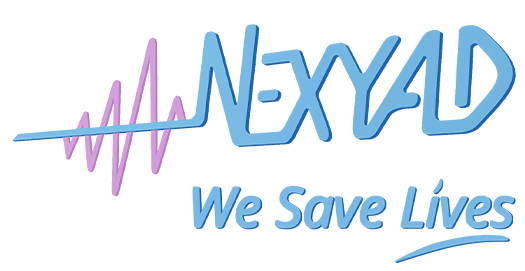Road accident and driving risk are two different notions
A lot of professionals that must cope with road safety observe accident through statistics : it seems to be normal to think that safety is low where there are a lot of accidents and that safety is high where there are few accidents.
This reality tends to make people confuse the two notions : risk and accident.
And since you stay at the statistic level, then it works : if 99% of people that played russian roulette more than 50 times have died (accident), then you can say that russian roulette is risky (risk).
Insurance companies, fleet managers, have taken into account those statistics, in order to estimate their future costs, and compute their pricing.
But now, digital connected devices are available at the very individual and local level : telematics (professional devices installed into cars), smartphones, connected car, can estimate the driving behaviour in real time and they know exactly where you drive.
Then, what this new technology brings to risk assessment ? and can you still apply at the individual level the ideas that was set at a population (statistics) level ?
That question was studied in 1969 by an American University Professor that was also a researcher for the company « Insurance of North America », Frank E. BIRD, and a key notion was then used : the « incident » or « near miss accident » or « quasi accident ». It was shown that the risk you take does not lead to accident but to « quasi-accident ». Indeed, even in very risky situations, accident can be avoided most of the time at the very last second ! Frank E. BIRD worked on what was called « The Triangle of Risk » or « Safety Triangle »
Sometimes, you do not have luck … and then you have an accident instead of having a quasi-accident.
 Example of Statitical Relationship in Risk Assessment : from Behaviour to Fatalities
Example of Statitical Relationship in Risk Assessment : from Behaviour to Fatalities
Then accident is the confluence of « risk you take » and « bad luck ». It is interesting to notice that, if you do not study the individual and local (in space and time) level, so if you consider a large population of drivers during a long duration, then « bad luck » automatically disappears… and so risk can be measured by observation of accident. But at the individual and local levels, risk cannot be measure by observing accident.
It is interesting to read about Safety Triangle and then have a clear idea of links between RISK, ACCIDENT, SEVERE PERSONAL INJURIES.
In road Safety concerns, researchers and experts have been working during 50 years on this concept of quasi-accident and they accumulated data and knowledge about this key notion. Let us resume the russian roulette comparison : pulling the trigger is the quasi-accident … and sometimes you die (accident). But even before playing such a « game » you KNOW that it is risky.
The knowledge of risk is represented by a collection of cause-effect relationships.
There is a knowledge-based artificial intelligence system that gathered the knowledge from road safety experts and researchers (that work mainly on road infrastructure) and that is now available in order to assess driving risk in real time : SafetyNex developed by the company NEXYAD. SafetyNex is the « thermometer » of driving risk and it alerts the driver BEFORE the dangerous situation, letting time to slow down and then potentially to avoid accident, to reduce severity (less personal severe injuries), …
Obviously, markets are :
. car insurance (prevention, severity, UBI)
. fleet management (prevention, reduction of costs, fit in regulations and laws)
But even the automotive can take benefit of suche a real time driving risk assessment module :
. intelligent navigation with risk vocal alerts
. automatic triggering of braking for ADAS (if risk too high then slow down)
. driverless cars : giving to the artificial intelligence that drives the car the perception of the risk it takes…
SafetyNex opens the door to a new generation of onboard applications for every field of automotive sector that is concerned with risk and safety.
Read more






















